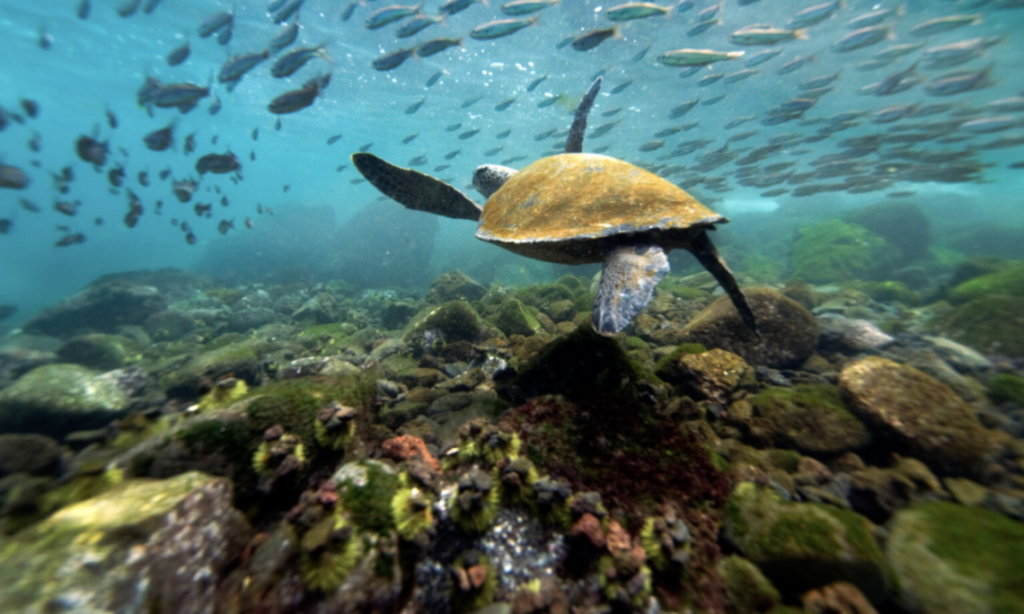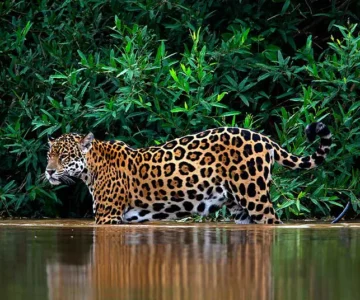book your flight, hotel and car rental car
The Galapagos Islands, located off the coast of Ecuador in the Pacific Ocean, are a natural wonder unlike any other. Famous for their unique biodiversity and pristine landscapes, the Galapagos offer travelers a once-in-a-lifetime opportunity to explore an ecological paradise teeming with life. Discovering the Galapagos Islands is an adventure that immerses visitors in the wonders of nature, from towering volcanic peaks and turquoise waters to rare wildlife found nowhere else on Earth.
Introduction to the Galapagos Islands: A UNESCO World Heritage Site
The Galapagos Islands consist of 18 main islands, 3 smaller islands, and 107 rocks and islets, spread over an area of approximately 45,000 square kilometers. Designated as a UNESCO World Heritage Site, the Galapagos are renowned for their unique geology, diverse ecosystems, and unparalleled biodiversity. Charles Darwin’s visit to the islands in 1835 inspired his theory of evolution by natural selection, making the Galapagos a place of scientific significance and historical importance.
Exploring Diverse Ecosystems: From Volcanic Peaks to Marine Reserves
One of the most remarkable features of the Galapagos Islands is their diverse range of ecosystems, which include volcanic landscapes, lush highlands, arid deserts, and pristine beaches. Visitors can hike to the summits of dormant volcanoes like Sierra Negra on Isabela Island, explore the lush cloud forests of Santa Cruz, or snorkel in the crystal-clear waters of marine reserves like Punta Vicente Roca and Devil’s Crown. Each island offers a unique and unforgettable experience, with opportunities to encounter rare wildlife and stunning natural scenery at every turn.
Encountering Unique Wildlife: Galapagos Icons
The Galapagos Islands are home to a remarkable array of wildlife, much of which is found nowhere else on Earth. Visitors can swim with playful sea lions, observe ancient giant tortoises in their natural habitat, and marvel at the colorful plumage of endemic bird species like the blue-footed booby, the waved albatross, and the Galapagos penguin. Other iconic inhabitants of the Galapagos include marine iguanas, land iguanas, and the famous Darwin’s finches, each adapted to their unique island environment through millions of years of evolution.
Conservation and Sustainability: Preserving the Galapagos for Future Generations
Despite their remote location, the Galapagos Islands face numerous threats, including invasive species, overfishing, and the impacts of climate change. In recent years, efforts have been made to protect and preserve the islands’ fragile ecosystems through conservation initiatives, sustainable tourism practices, and strict regulations governing visitor access. By supporting responsible tourism operators and adhering to guidelines designed to minimize human impact on the environment, travelers can help ensure that the Galapagos Islands remain a natural paradise for generations to come.
Cultural Encounters: Meeting the People of the Galapagos
In addition to their natural wonders, the Galapagos Islands are home to a vibrant and diverse human population, including indigenous peoples, descendants of the islands’ original settlers, and immigrants from mainland Ecuador and beyond. Visitors to the Galapagos have the opportunity to learn about the islands’ rich cultural heritage through interactions with local residents, visits to traditional fishing villages, and participation in cultural activities and events. By engaging with the people of the Galapagos, travelers gain a deeper understanding of the islands’ history, traditions, and way of life.
book your flight, hotel and car rental here






















